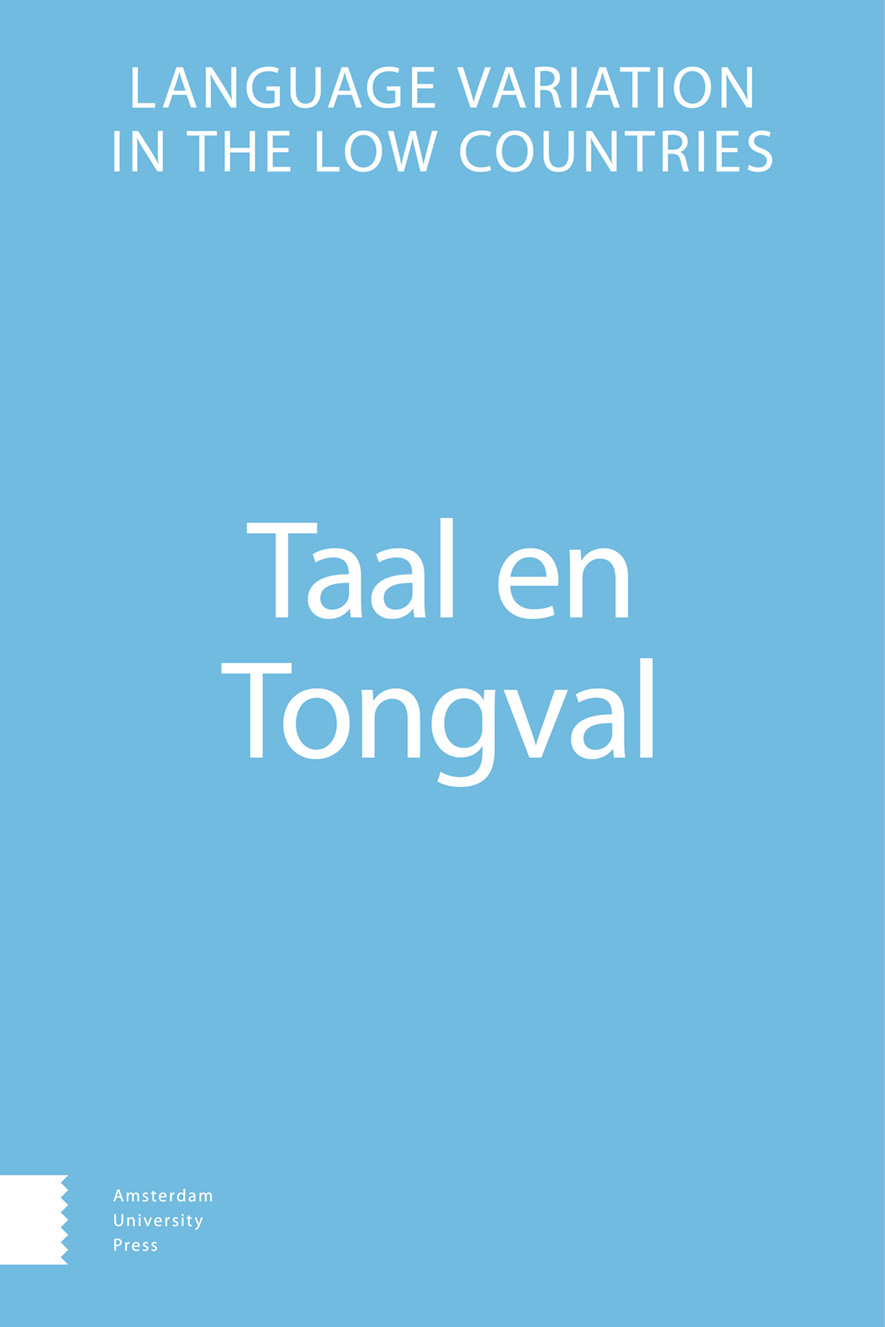- Home
- A-Z Publications
- Taal en Tongval
- Previous Issues
- Volume 73, Issue 2, 2021
Taal en Tongval - Volume 73, Issue 2, 2021
Volume 73, Issue 2, 2021
Language:
English
-
-
Spellingonderzoek in ontwikkeling
More LessAbstract Developments in orthography research This article, which serves as the editorial to the special T&T issue Spelling in ontwikkeling, consists of four parts. The first part is a brief introduction to spelling as a linguistic field. The second part provides a status quaestionis of this field within Dutch linguistics, especially from a diachronous point of view. The third part is an overview of the research articles in previous T&T issue Read More
-
-
-
Medeklinkerwisseling tussen enkel- en meervoudsvormen
More LessAuthors: Nicoline van der Sijs & Margit RemAbstract Consonant change between singular and plural forms: A combination of spelling principles In modern Dutch the spelling principle of uniformity dictates that the singular form of plural nouns ending in -den and -ben, such as landen, ribben, are systematically written with voiced consonants (land, rib), although the final consonants are pronounced voiceless. However, the voiced consonants of plural nouns ending i Read More
-
-
-
Twee problematische foneemopposities door de eeuwen heen: /s/-/z/ en /f/-/v/ in het Nederlands
More LessAbstract Two problematic phoneme oppositions through the centuries: /s/-/z/ and /f/-/v/ in Dutch Dutch has a set of solid phoneme oppositions such as /t/-/d/, /p/-/b/ which manifest themselves in minimal pairs such as /p/ak-/b/ak, /t/ak-/d/ak, ra/t/en-ra/d/en which are quite numerous. This is different in the case of /s/-/z/ and /f/-/v/. There are not many minimal pairs and although it is generally accepted that /s/-/z/ and /f/-/v/ for Read More
-
-
-
Zur Diachronie der satzinternen Großschreibung im Niederländischen
More LessAbstract On the history of sentence-internal capitalisation in Dutch – a corpus-based study on genre influence on the capitalisation practice Though sentence-internal capitalisation of nouns is – unlike in German – no hallmark of Modern Dutch orthography at all, initial studies on Early Modern Dutch writing practice have affirmed Maas’ (1995, 2007) claim that Dutch once exhibited at least a moderate tendency to uppercase no Read More
-
-
-
Op weg naar een geschreven eenheidstaal
More LessAuthors: Ann Marynissen, Daniela Bock & Amelie TerhalleAbstract Towards a uniform written Dutch: The elimination of dialect features by Gheraert Leeu, printer in Gouda and Antwerp This study discusses the influence of the printing press on the gradual rise of standard Dutch on the basis of the language used in a selection of incunables, printed by Gheraert Leeu, one of the pioneers of early printing. Leeu was active in Gouda (Holland) from 1477 until 1484, but moved in 1484 to the Read More
-
Volumes & issues
Most Read This Month
Article
content/journals/00398691
Journal
10
5
false
en


